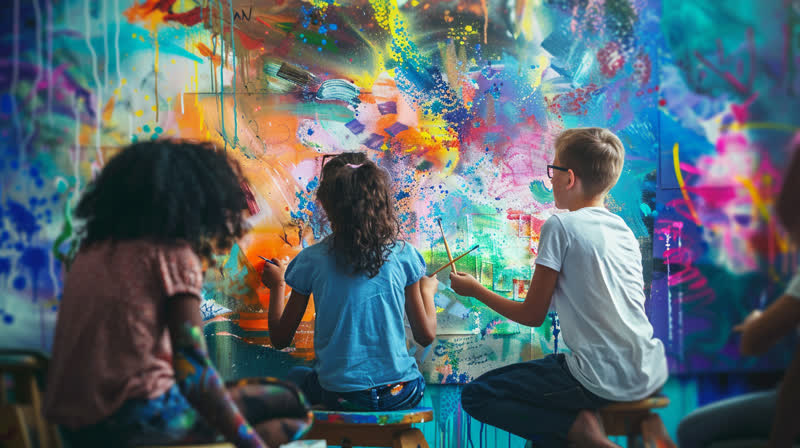Creativity is a vital skill that can benefit students throughout their lives. It enhances problem-solving abilities, encourages critical thinking, and fosters innovation. However, the traditional education system often focuses on rote memorization and standardized testing, leaving little room for creative expression. In this article, we will explore ways to foster creativity in education, ensuring that students develop this essential skill.
Encourage Open-Ended Questions
Open-ended questions prompt students to think creatively and explore different solutions. Instead of asking multiple-choice questions, teachers can ask questions that begin with "what if," "how might," or "what would happen if." This approach encourages students to think outside the box and develop their critical thinking skills.
Emphasize Process Over Product
Traditionally, the focus is on the end product, such as a completed project or a perfect essay. However, this approach can stifle creativity as students may feel pressured to produce a flawless outcome. By shifting the focus to the process, teachers can encourage students to experiment, take risks, and learn from their mistakes.
Provide Opportunities for Choice
Offering students choices can help them feel more invested in their learning and encourage creative expression. This can be achieved by providing options for topics, formats, or presentation styles. For example, students can choose to create a video, write a poem, or design a poster to demonstrate their understanding of a concept.
Foster a Culture of Risk-Taking
A culture that encourages risk-taking and views failures as opportunities for growth can help students feel more comfortable exploring new ideas. Teachers can create a safe and supportive environment by praising effort, not just results, and by sharing their own experiences of failure and learning.
Integrate Arts and Humanities
The arts and humanities offer a wealth of opportunities for creative expression. Integrating subjects like music, art, drama, and creative writing into the curriculum can help students develop their creative skills and apply them to other areas of learning.
Conclusion
Fostering creativity in education requires a shift in mindset and approach. By encouraging open-ended questions, emphasizing process over product, providing opportunities for choice, fostering a culture of risk-taking, and integrating arts and humanities, teachers can help students develop this essential skill. By doing so, we can empower students to become innovative thinkers, problem-solvers, and leaders who can make a positive impact in the world.







